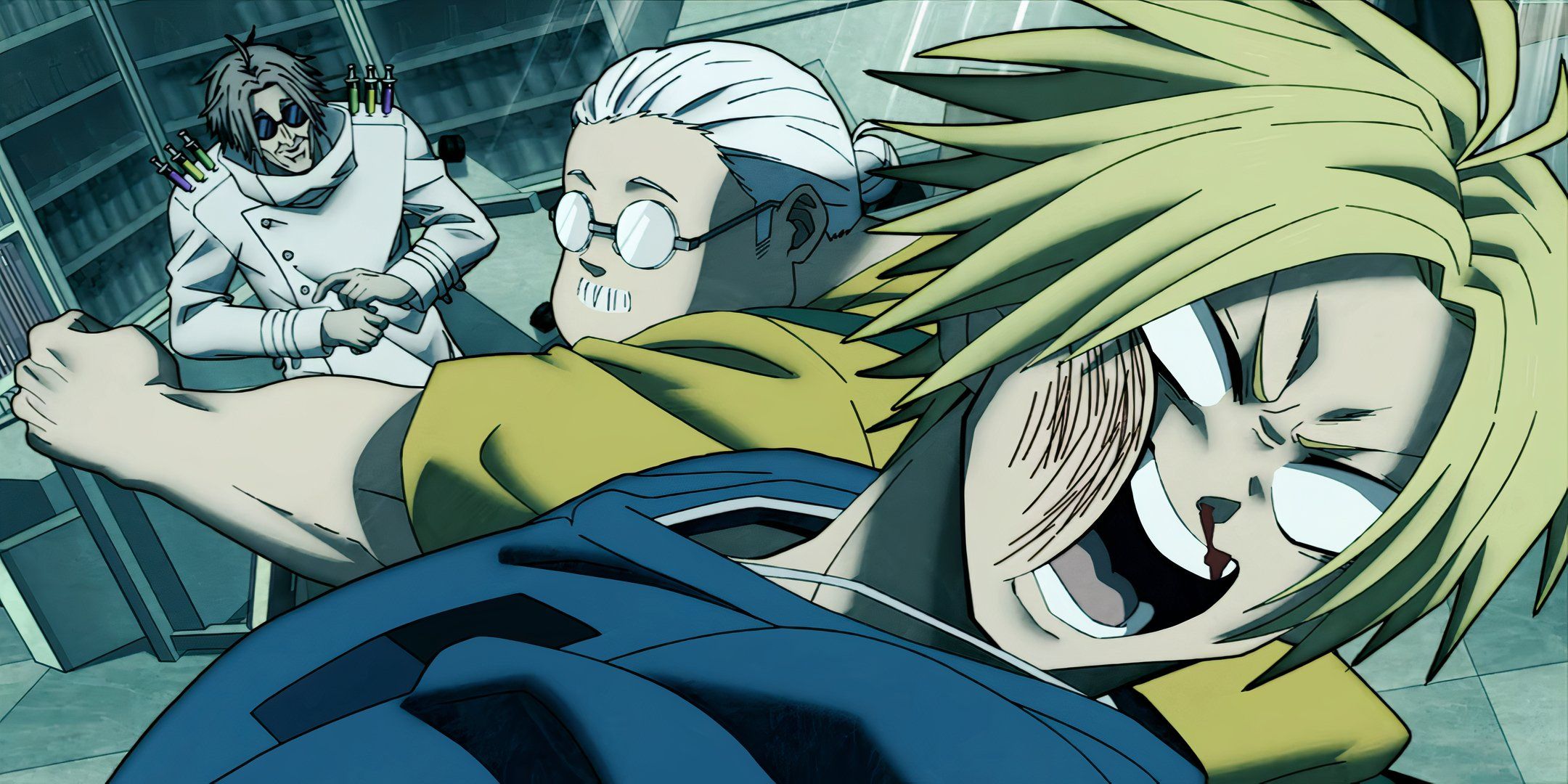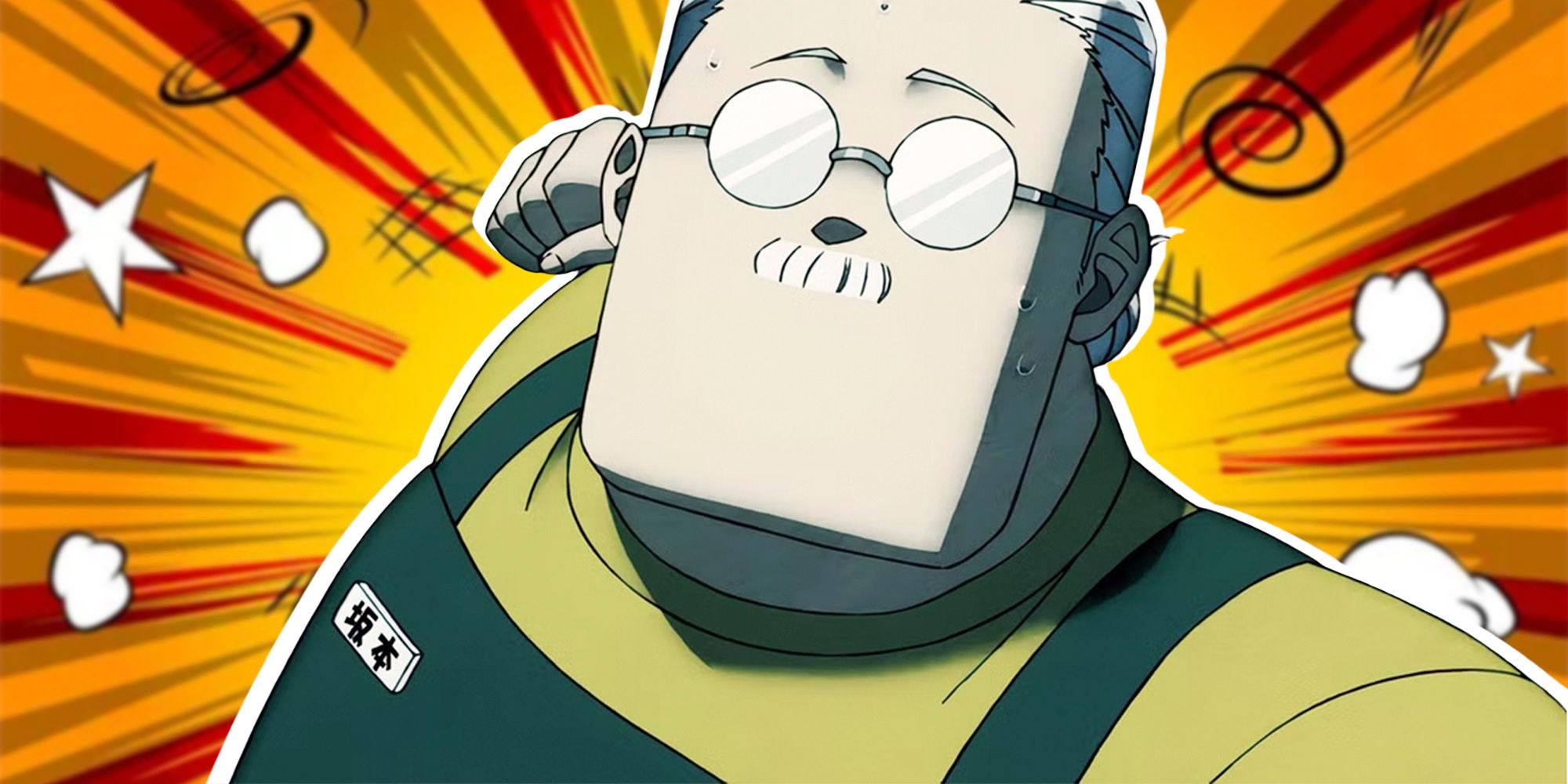The anime adaptation of Sakamoto Days, based on Yuto Suzuki’s hit manga, finally made its highly anticipated debut, but not without a few stumbles. While fans praised the energy and humor of the source material, the anime received mixed reviews regarding its visuals and pacing. Now, director Masaki Watanabe is offering insight into why some of these challenges arose during production.
In a recent interview with ScreenRant at Anime Expo, Watanabe opened up about the biggest hurdles the Sakamoto Days team faced. It wasn’t just about translating explosive action scenes or preserving the manga’s comedic timing, it was about navigating real production limitations. From the difficulty of animating complex sequences by hand to budgeting constraints and staff capacity, Watanabe didn’t hold back on where things got complicated.
The Struggle of Hand-Drawn Expression in Sakamoto Days
Animating Sakamoto’s World, One Frame at a Time
According to Watanabe, one of the primary challenges was deciding how best to visually express the story within the hand-drawn format. Though digital tools are increasingly used in anime, Sakamoto Days leans heavily on traditional animation. This choice, while stylistically appealing, introduced a layer of difficulty when depicting fast-paced action.

Related
Sakamoto Days Could Have Had It All, But the Netflix Anime Is Falling Short
Sakamoto Days’ first season is coming to an end, and the anime adaptation has failed to capture the magic of the original hit Shonen Jump manga.
Each frame required careful planning and execution to maintain clarity and energy. Watanabe noted that expressing these sequences in hand-drawn form meant they had to get creative with timing, camera angles, and choreography. The goal was to honor the manga’s dynamic art without overwhelming the team or overextending resources.
This limitation forced the director to constantly evaluate which scenes could realistically be achieved with their available techniques. Creative workarounds were often needed, but some viewers still noticed uneven execution. The hand-drawn method, while admirable, proved to be both an artistic ambition and a logistical obstacle.
Budget and Staff Limitations Hit Sakamoto Days Hard
Watanabe Opens Up About Staff and Budget Struggles
Beyond artistic technique, Watanabe emphasized that the biggest factor in shaping the anime’s final look was plain and simple, because it was money. A limited budget impacted everything from the length of scenes to the number of keyframes that could be used. This, in turn, affected the smoothness and intensity of the show’s most important moments.
Closely tied to the budget is the strength and size of the Sakamoto Days animation team. Watanabe candidly acknowledged that staff competency played a role in the final product. While passionate and skilled, the team faced significant demands under tight schedules. Equipment constraints and production deadlines only added to the stress.
Fans may yet see the Sakamoto Days anime rise to meet the high bar set by the manga, if given the time, resources, and trust to grow.
Despite these struggles, Watanabe remains hopeful. He believes that by recognizing these hurdles and adapting creatively, the series can improve as it progresses. Fans may yet see the Sakamoto Days anime rise to meet the high bar set by the manga, if given the time, resources, and trust to grow.







